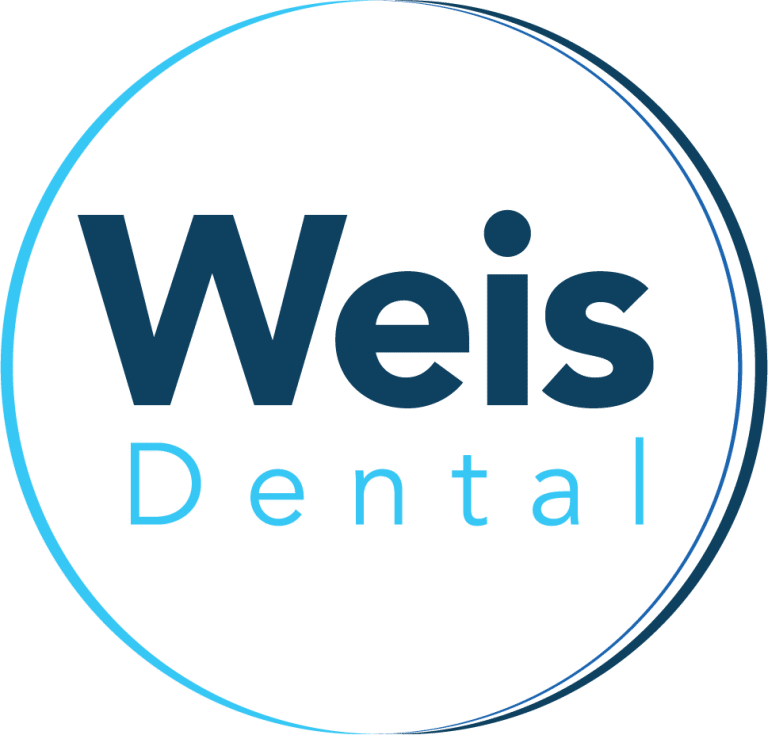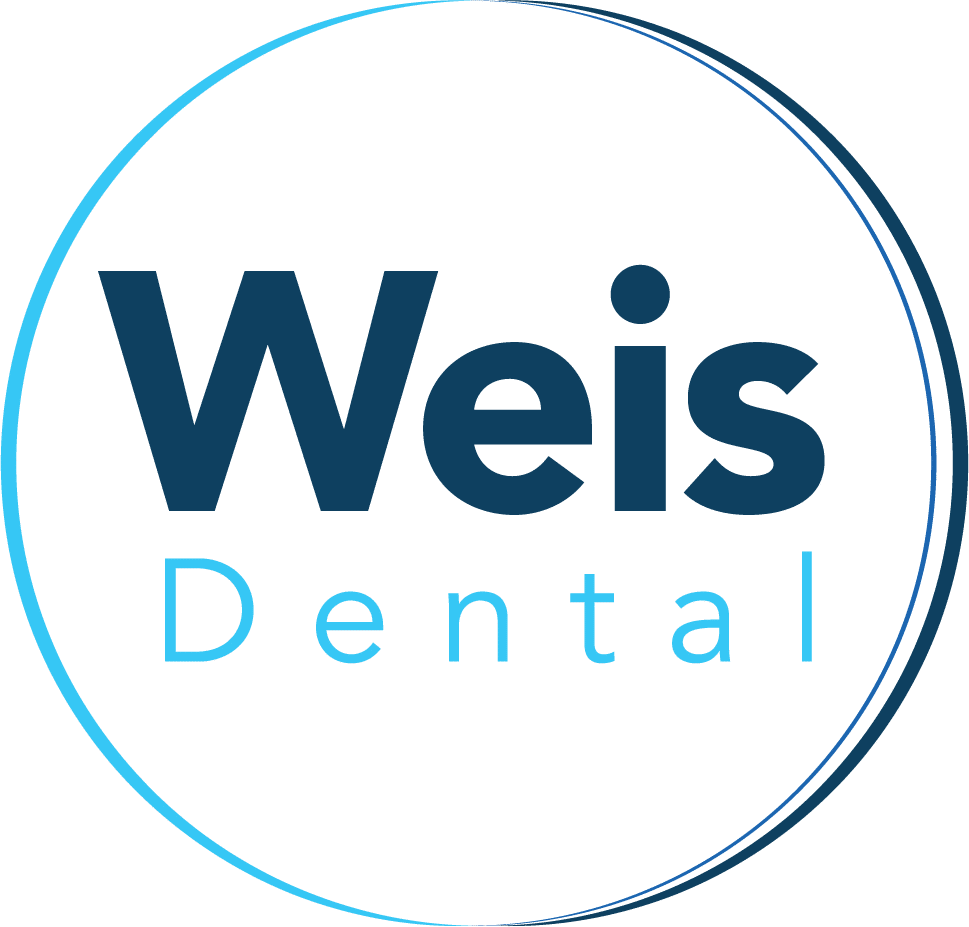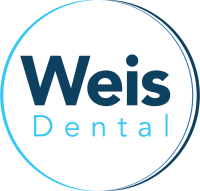Procedures Preparation & FAQs
First Dental Visit Tips from Dr. Trey Weis
Specific Procedure Preparation
Dental Extractions on Primary Teeth
Dental Space Maintainers
Importance of Dental X-Rays
Importance of Fluoride
Sealants
Nitrous
Posterior
Composite
Fillings
Primary Teeth
Signs and Symptoms of Dental Infections (Abscess)
Silver Diamine Fluoride (SDF)
Social Visit
Tooth Eruption
General FAQ
Yes. Weis Dental is a pediatric dental practice, specializing in treating patients from infancy through adolescence. We do not accept patients past the age of 14, though those who are a patient of record and remain in good standing with their oral hygiene may, in some cases, remain with the practice through the remainder of their teenage years. If a patient’s dental needs exceed our office’s capabilities, we will refer them to a trusted general dentist.
Rinse debris from the injured area with warm water. Place cold compresses over the face in the area of injury. Locate and save/soak any broken tooth fragments in milk. If severe pain is experienced, contact our office immediately. To contact us during off hours, please call our emergency answering service at 757-484-8262
Apply ice to bruised areas. If there is bleeding, apply firm pressure with clean gauze or cloth. If bleeding does not stop after 15 minutes or it cannot be controlled by simple pressure, proceed to the nearest emergency room.
Clean the area around the sore tooth thoroughly. Rinse the mouth with warm salt water or use dental floss to dislodge impacted food or debris. DO NOT place aspirin on the gum or on the aching tooth if there is facial swelling or pain still persists, contact our office as soon as possible or go to the emergency room.
Find the tooth and handle it by the crown, not the root portion. You may rinse the tooth, but DO NOT wipe or handle the tooth unnecessarily. Inspect the tooth for fractures, if there are no fractures, try to reinsert it into the socket. Have the patient hold the tooth in place by biting on a gauze. If you cannot reinsert the tooth, transport the tooth in a cup containing milk. If there is no milk, place the tooth in a cup containing the patient’s own saliva. DO NOT place the tooth in water. Call our office immediately or go to your nearest emergency room. Time is a critical factor in saving the tooth.
A sealant is a a tooth-colored material that is applied to the chewing surfaces (grooves) of the back teeth (premolars and molars), where most cavities can form. This sealant acts as a barrier to food, plaque, and acid, thus protecting the decay-prone areas of the teeth, especially as they develop. However, cavities between the teeth are not protected by sealants. As long as no cavity already exists in a tooth, we recommend sealants on 6-year and 12-year old molars, especially for children who are prone to tooth decay.
When a cavity appears, a tooth-colored filling is the most effective way of treating it before it worsens. It is regular practice at Weis Dental for a tooth that needs a filling to have a sealant placed over it and the remaining tooth for added protection.
In a primary tooth, if a cavity is too large to restore with a filling, a crown may be recommended or the tooth may need to come out. If the cavity is too large and involves the nerve of the tooth, then the nerve will be removed (pulpotomy) along with the cavity, and a stainless steel crown will be placed, which are used for their durability and longevity. The purpose of the crown is to help provide structure for the tooth, to help maintain space for permanent teeth to shift properly, and to help protect the remaining tooth. As with any restorative procedure, your options will be explained and discussed in full detail before any decisions are made.
Children should begin to floss as soon as their teeth begin to touch one another. This supports a lifetime of good flossing habits, and helps them prevent early and unnecessary cavities from developing.
Typically, when a child has a mixed dentition, the adult teeth look darker in color next to a baby, or primary, tooth. This is not uncommon, as permanent teeth have a darker tint than primary teeth. There is often no cause for concern in this scenario.
Make it fun! There are lots of ways this can be done, such as making a game out of oral hygiene habits, brushing along with music for two minutes, or even purchasing a spinning toothbrush.
We recommend using a “smear” of fluoride toothpaste twice a day when their first tooth appears. Continue use until age 3, after which a pea-sized amount of fluoride toothpaste can be used.
According to the American Academy of Pediatric Dentistry (AAPD), your child should visit the dentist by his/her 1st birthday or at least 6 months after the eruption of the first tooth. Beginning dental care at an early age allows guidance for caring for your child’s teeth and opportunities to address preventive issues that are important for healthy teeth and a pleasing smile. Early visits also help establish a positive relationship between the dentist and your child. With each subsequent visit, your child will mature and confidence and trust will most likely increase. At each visit, regardless of age, the dentist will complete an examination, cleaning, fluoride treatments, and appropriate radiographs.
We do not have any policy that restricts parents from being with their children during their visits, excluding during restorative work. During restorative work, we ask that all parents wait in the reception area. Often times we use a dental laser for treatment and there is certain eyewear that is required.
Each child is different. In our experience, most children do better with the parents waiting in the reception area. There are exceptions, and there are certain children who will have a better experience if the parents are with them throughout the visit.
We require a parent/legal guardian’s signature on any paperwork. For certain consents, if a legal guardian/parents grants permisson to treat and includes your name, you will be allowed to do so.
We kindly ask that you update your information once a year on paper to ensure any changes to address, email, phone number, or insurance changes are on file.
We require documentation to confirm your identity and relation to the patient, as well as for insurance purposes.
We only accept payment after your child’s appointment has been completed. This is to ensure any treatment requirements are accounted for.
You may pay online through our payment portal using the link below.
Please refer to your latest invoice for patient balance and due dates. Please call 757-484-8262 if you have any questions – we’re happy to help!
Whether an accident happens during our normal business hours or not, know that you can call us and have your child treated promptly.
Call our office at 757-703-1923. If it is after hours or on the weekend, one of our doctors or a team member will get back to you.


